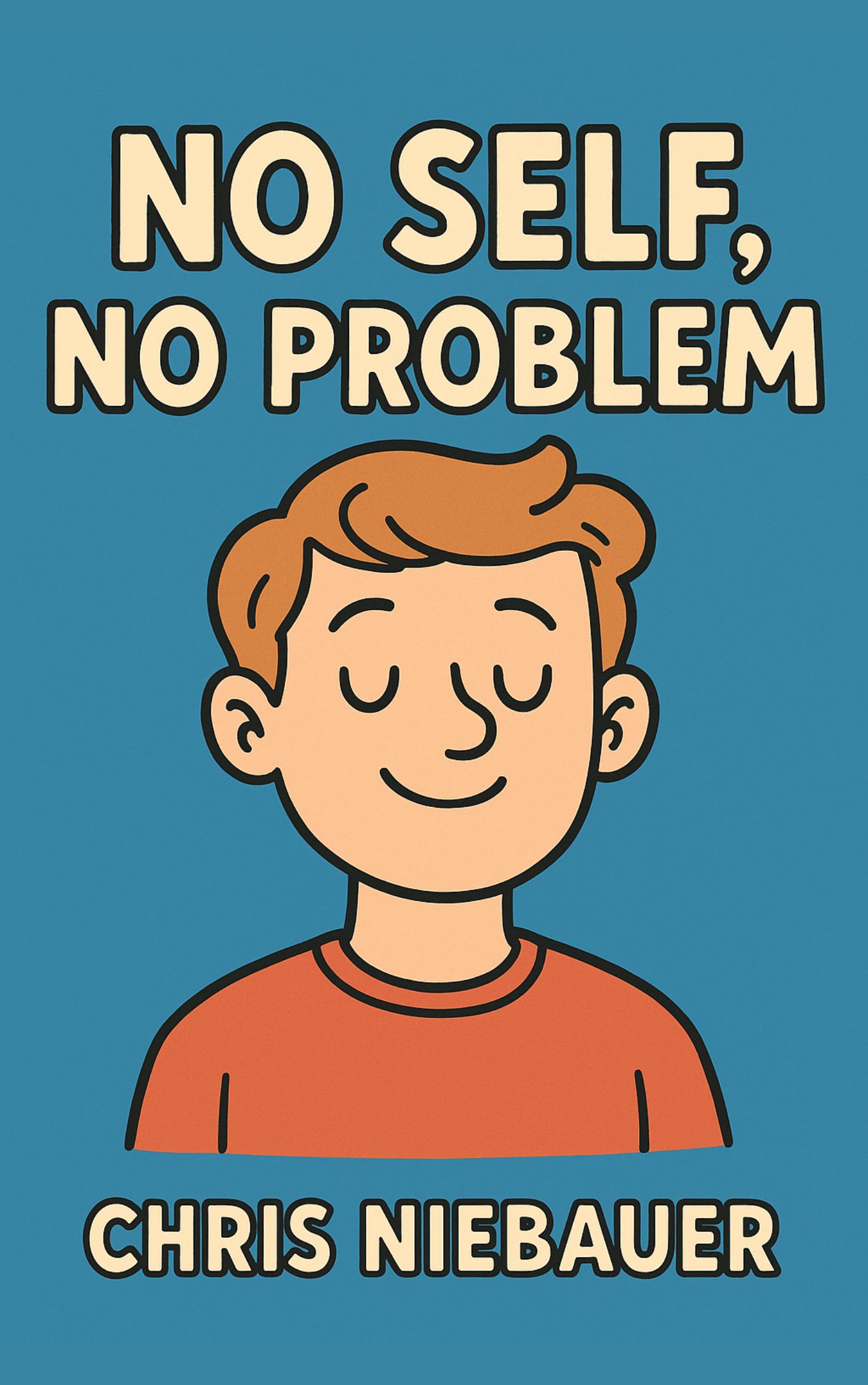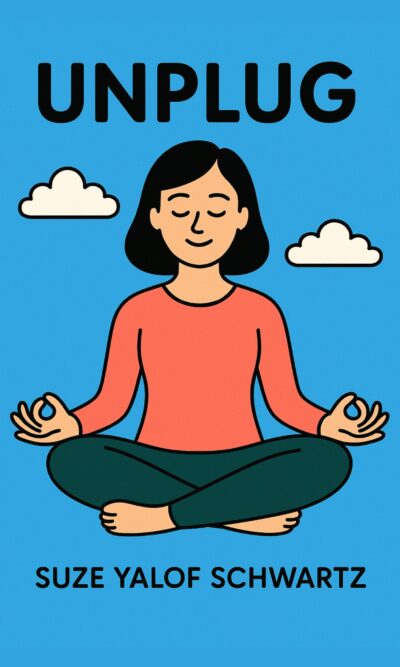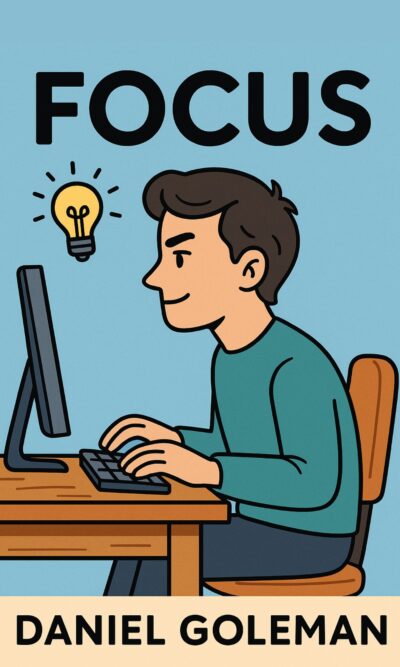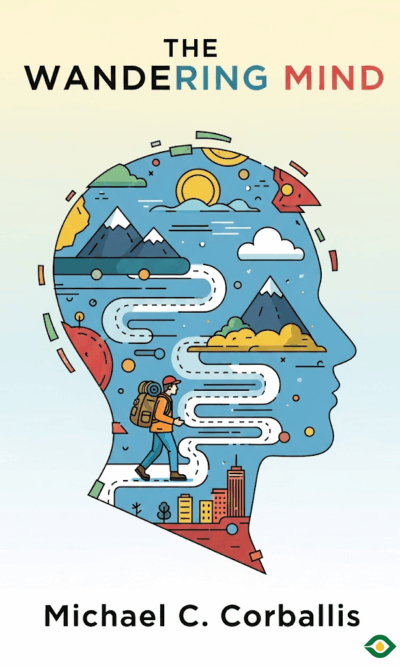Description
Human beings spend much of their lives thinking of themselves as fixed individuals — stable, continuous “selves” who act, decide, and control. We use the word “I” every day without question, assuming it points to something solid and permanent inside us. But when scientists look closely at the brain, they find no central spot where this “self” lives. Instead, what we call “I” appears to be a clever illusion, created by brain processes that interpret, categorize, and tell stories about our experience.
This idea may sound radical from a Western perspective, but it closely matches Buddhist philosophy, which has taught for centuries that the self is not a real, unchanging thing. According to this view, clinging to the belief in an independent self is what generates much of our suffering. Modern neuroscience is now supporting this ancient insight, showing that the sense of self is stitched together by certain brain functions, particularly those of the left hemisphere.
Research into “split-brain” patients in the 1960s revealed how the brain constructs stories. When communication between the hemispheres was cut, each half of the brain began acting on its own. Scientists observed that the left hemisphere, which controls language, worked hard to explain actions it didn’t truly understand. If one hand acted for reasons the left brain couldn’t see, the left brain still invented an explanation that sounded convincing. This revealed a key function of the left hemisphere: it is the brain’s interpreter. It constantly creates explanations, often inaccurate ones, simply to maintain the sense of a continuous story — the sense of “me.”
Language plays a major role here. Words allow us to categorize the world and create order. But they also trick us. When we call something a “chair,” we believe the word points to some essential quality of “chair-ness.” Yet in reality, “chair” is just a convenient label we’ve agreed on for certain objects. Similarly, when we use words to define ourselves — by job, gender, beliefs, or roles — we may begin to mistake these categories for an actual fixed self. But these categories are only mental maps. They don’t point to a permanent “I.”
The brain’s love of patterns strengthens this illusion. Humans are extraordinary pattern-makers; we see order in randomness, connections in chaos. This is useful in learning language, solving problems, and navigating the world. But when turned inward, this same ability can produce a false sense of identity. Out of shifting emotions, memories, and preferences, the brain constructs a seemingly solid “self.” This pattern feels real, but it is fragile and prone to misinterpretation. A simple misunderstanding — such as assuming coworkers dislike you when they are actually planning a surprise party — shows how easily the mind creates suffering through false patterns.
The good news is that the brain has another side: the right hemisphere. Unlike the left, it does not obsessively label, categorize, and explain. Instead, it specializes in holistic awareness, spatial understanding, intuition, and connection. When people access right-brain consciousness, they often report feeling less like isolated individuals and more like part of a larger, flowing reality.
One striking example comes from Dr. Jill Bolte Taylor, a neuroscientist who suffered a stroke that silenced her left hemisphere. During that experience, her inner voice — the constant chatter of language and self — went silent. She could no longer categorize the world in the usual way. Instead, she felt an overwhelming sense of peace, unity, and connection with everything around her. While she later regained her left-brain functions, she described the experience as life-changing, showing her that human beings can access both modes of awareness.
We don’t need a stroke to glimpse this state. Practices like meditation, yoga, and mindful movement help quiet the left brain and strengthen right-brain awareness. When meditating, for example, one often focuses on the breath — an action that happens naturally, without conscious thought. This anchors the mind in nonverbal awareness. Similarly, yoga links the body and breath, allowing us to move without overthinking, to simply feel the flow of the present moment. These practices train us to notice life without the constant interference of inner commentary.
Intuition is another gift of the right hemisphere. While the left brain insists on logical explanations, the right brain can sense patterns it cannot put into words. Experiments with card games show that the body can register danger or risk long before conscious reasoning figures it out. Participants’ palms began to sweat when drawing from a risky deck long before they could explain why. This suggests that intuition is real and that the right brain processes information beyond the reach of language. By paying attention to gut feelings rather than dismissing them, we can tap into this form of intelligence.
Compassion and gratitude also activate right-brain functions. When we empathize with others — imagining their perspective and feeling their emotions — specific regions in the right brain light up. Practicing gratitude similarly strengthens neural pathways in the right hemisphere, helping us experience greater joy and connection. These qualities reduce the suffering created by left-brain interpretations. When someone cuts you off in traffic, the left brain instantly labels it as “bad” and fuels anger. But if you step back, cultivate compassion, and perhaps even feel grateful for a chance to practice patience, the suffering dissolves.
The overall message is clear: the self we cling to is not as solid as it seems. It is a construction, built out of language, interpretation, and patterns generated by the left hemisphere. Believing in this self creates endless cycles of worry, fear, and dissatisfaction. But when we shift into right-brain awareness, through meditation, movement, intuition, compassion, or gratitude, we realize there is no fixed “I” to protect or defend. And with “no self,” there is, indeed, no problem.
The challenge is not to abandon the left brain completely. We need language, categories, and analysis to function in daily life. The goal is balance — using the left brain when necessary but remembering that its interpretations are just one way of experiencing reality. By integrating the quiet openness of the right hemisphere with the practical skills of the left, we can live with less suffering and more freedom.
A simple way to begin is to try a complaint-free day. Complaining strengthens the left brain’s habit of judging and interpreting everything as negative. Choosing gratitude instead loosens the hold of the illusory self and opens space for peace. Little by little, these shifts reveal a truth both ancient and modern: what we call the “self” is just a story, and freedom comes from seeing through it.





